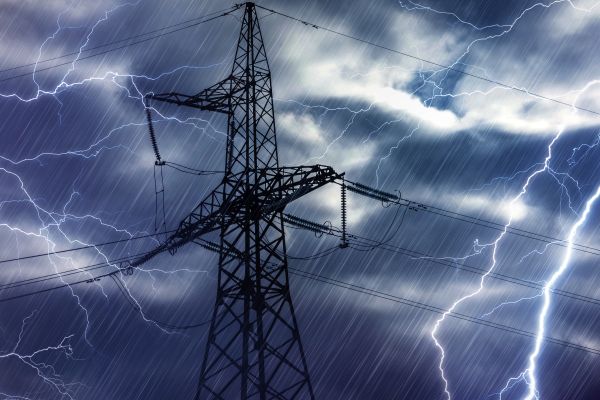by Jerry Stern
CTO, Science Translations
Standard photographer’s backups consist of 3 copies, 2 local devices, with 1 copy of all data off-site. That should also be the standard for your business documents. That’s a doubled backup process. So why combine cloud backup with local image backup software and a network-attached (NAS) drive? Simple: Those three copies of the data should have different risks, so that they don’t fail at the same time.
One automated backup puts your data in two places, but if those places are both local, both have the same risks of power, theft, fire, flood, and staff. An off-site backup has risks as well, but they’re different risks, and different failures. With good planning, those risks won’t align during a large storm or a regional power outage. For example, to avoid delays retrieving your cloud backups after a major event, say, a hurricane, your cloud backup should be at least a few hundred miles away.

How Do Backups Fail?
- Crypto-malware: Ransomware will encrypt all the data it can find, and most backups will happily back up the encrypted files. Any good cloud backup program keeps a file history, and can restore by date range, ignoring bad files from after the date of an infection. A local image backup will save Windows, but not recent data.
- Drive failure: The cost of resurrecting data from a failed drive runs from $600 to $1500, takes 2 weeks, and might not recover all the files. Basic corruption of a drive can be fixed locally for much less, but will still take 2-4 days. Restoring a local image backup is quick, but image backups are generally too big to run nightly, so they won’t contain all your newest files. Cloud backup can restore the newest versions of mission-critical files through the internet, or ship a drive by next-day air holding the entire data set.
- Manually taking the drive home: I have NEVER seen a client who actually took that third backup out of the building consistently, but it would have saved data recovery and manual data re-entry on multiple occasions. Cloud backup automates getting your data out of the building.
- When the burglar visits, and takes your computer, the devices plugged into it usually go as well. That’s two copies of your data, gone.
- Sprinkler Freezes and Failures: When a fire sprinkler freezes, it makes an awful mess, basically hundreds of gallons of black, wet, and moldy rust-water on everything. All computers and backup drives are at risk, but surge suppressors left on the floor fail first, possibly taking more computers and backup drives out of commission.
- Lightning strikes: Here’s an equal-opportunity zap. Local backups are slightly-less reliable than the power they’re plugged into, and when the lightning hits, every circuit gets a jolt, and frequently, there’s an additional jolt coming into the building through the cable modem, running through the network looking for a ground connection. When two copies of your data are attached to the same electrical circuit, both will go away when the lightning strike hits the nearest pole. Or worse, when lightning hits the cable where it enters the building.
Inside your office, your image backups, also known as full-drive backups, should be on a NAS (network-attached storage) drive, as far away from your server as you can place it. Locked into a hidden area is even better. Keep it off the floor.
Cloud backups are the only practical way to automate getting your data out of the building every day.